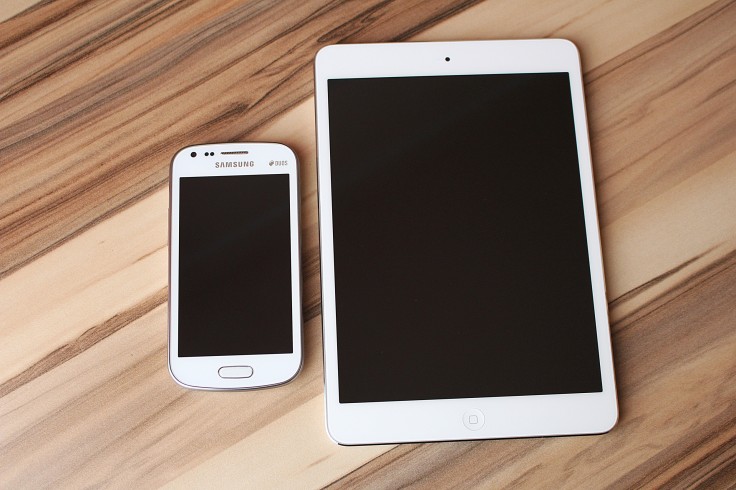
We now live in a world of advanced technology and it is no fact any more that it has helped a lot especially in our daily lives. Smartphones and tablets have made it easier for everyone to communicate. Not only that, these gadgets have brought entertainment to each and everyone, especially children and teenagers. Children in this generation today know how to navigate and use smartphones as early as 5 years old, depending on how early they are exposed to it.
No wonder when children go to school, although, with the "no cellphones" policy, they are smart and wise enough how to find ways to text, chat, surf the web, and post on social media while they are in class. Smartphones and gadgets have been a huge factor in a child's distraction in class, and this results in a negative impact on the child's performance in school.
This issue about smartphones being a distraction in school does not only apply to young children and students but to teenagers as well. High school and college students tend to spend more of their class time using their smartphones and gadgets that actually listening to their teacher or professor's lecture. This is according to the study conducted by the University of Nebraska.
The study also showed that students tend to check their phones more than 11 times a day, and that is only on an average scale. In fact, lmost 20% of the class time is taken up by students texting, chatting, emailing, surfing the web, and checking their social media profiles.
The study also conducted surveys to students about how much time they spend in checking their phone while they are in school. There are impacts that affect a student's behaviour and performance in school. Here is one of those impacts:
Smartphones lower their grades.
Students might debate on how smartphones and gadgets can be a distraction during classes, but according to new research, it shows that using smartphones and gadgets while class is ongoing can actually lower down student's grades and performance.
A study that was published in the Journal of Education Psychology showed that out 188 upper-level students that were used as participants in the study, those who bring laptops, cellphones, and smartphones to class for non-classroom reasons have examination scores that are half than the letter grade lower.
This research has led to conclude that smartphones and gadgets speculate more distractions compared to natural distractions within the classroom. Students who also enrol on the same class that are device users still tend to have lower scores compared to those who don't use devices. Using devices should be an advantage for them but the study shows that it has a negative impact instead.
What Teachers and Students Can Do
To most people, they would say that banning device use during classroom hours will help the students to not be distracted, but even teachers would say otherwise. Smartphones and gadgets can be useful to students especially for communication since they are out of their homes.
So, instead of banning students from bringing devices in school, they can allow them but adapt a practice or rule that devices should be left on the teacher's table before the class starts. Also, this is the best practice for students to learn out of the smartphone and gadget world.
Although the internet can be a very useful tool when it comes to obtaining information and knowledge, it is still important to focus on their teacher's lectures. Learning can be fun, and students should realize that and teachers should cooperate with it.